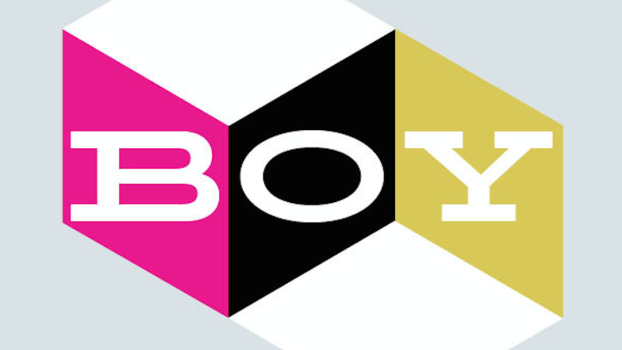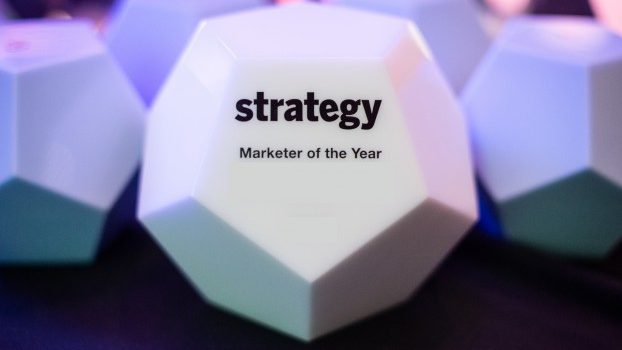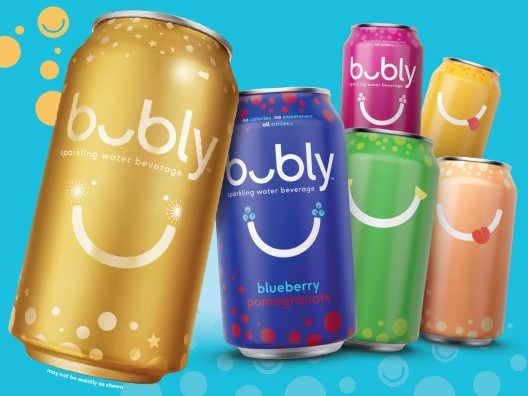According to sports and activities retailer Decathlon, if you want something done right then you’ve got to do it yourself. Literally.
The brand designs, produces, manufactures and distributes products for over 65 different sports and activities. It also offers expert advice along with experiential in-store services that include store gyms, product test areas, technical services and in-person and online activities.
“Decathlon products are conceptualized directly by our passionate sports engineers who research, develop and test against real-life conditions,” says Marie-Lou Blais, communications director for Decathlon Canada. “This has us in the unique position where we can be reactive concerning changes in the market and consumers’ needs.”
The brand might be onto something as it opens its 14th Canadian location, this time in Markham, Ontario.
The new 35,000 square-foot retail location will place a focus on badminton, tennis, hiking and a variety of classic Canadian winter activities. The store joins a growing list of GTA locations including Burlington, Vaughan, Brampton and Scarborough, as well as a grab-and-go concept store at Toronto’s Union Station. Decathlon says that the opening of the Markham store means that consumers can find a Decathlon within the GTA without needing to drive more than 20 minutes.
According to the brand, Markham was an ideal location because of its connection to physical fitness and activities. The city boasts bike lanes, golf courses and green areas that encourage movement, as well as recreational facilities such as the Markham Pan Am Centre and Angus Glen Tennis Centre, both of which are minutes from the store.
To celebrate the opening of its Markham location, which happened to coincide with Black Friday, Decathlon ran giveaways, in-store demos and meet and greets with Markham community partners who encouraged families to participate in local sports programs and courses.
Although Decathlon places a strong emphasis on its in-store shopping experience, the brand is invested in ensuring its consumers’ online experience is seamless as well. Offering a click-and-collect service that allows customers to purchase and receive orders within a 24-hour period, the drive to streamline both in-store and online shopping boils down to one thing: accessibility.
“In-store sales remain at the core of our business model. That opportunity for customers to try and test our products really speaks for itself. However, our online presence is strong and growing. For us, it’s not either or, our mindset is to have both options complement one another,” Blais says.

Decathlon redesigned the commonly recognized accessibility sign to empower those with diverse abilities.
It’s this ecosystem based around providing accessibility that also helps the brand combat an uncertain economy. Investing in expansion is the brand’s best bet, according to Blais. “Considering the current economic conditions, it is important, now more than ever, that we offer solutions to encourage a healthy lifestyle both mentally and physically. This is possible by continuing to open stores in new regions and offering a strong online presence, so Canadians know that we have all the gear for the sports and activities they love,” she says.
As a way to further drive its stance on accessibility, Decathlon positions itself as a sports retailer for everyone, regardless of abilities. This was perhaps most apparent in its success with “Ability Signs,” a campaign in partnership with Rethink that redesigned the recognizable handicapped symbol to represent inclusivity in sports. “Ability Signs” were available for free download and gained international coverage. The initiative reached 73 countries, earned 227 million organic impressions and a 439% increase in brand mentions, making it the most shared social campaign in Decathlon’s history.
As the brand continues to expand, it’s with accessibility at the heart of its goal. “We are very happy and proud of the success with “Ability Signs.” It’s a core initiative, a part of our mission to make sports accessible to many. It’s not meant to represent athletes alone, but everyone who experiences life with a disability. They inspired us to show the world the possibility of what they can do,” says Blais.
























